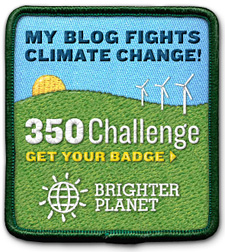(' ’) ’) | Water stress and Water scarcity occur when the need for water exceeds the accessible bulk throughout an assertive aeon or when poor quality bounds its use. Scarcity can be sheer, such as in environments of low precipitation and large evaportranspiration rates. It can also, however, be induced by economic or political constraints, which do not admittance the able development of water resources. Critical altitude generally appears for economically poor and politically week communities living in already dry environments. |
“In water-stressed areas, people and ecosystems are particularly vulnerable to decreasing and more variable precipitation due to climate change.”
The total amount of accessible freshwater supply is falling because of climate change, which has induced drawing back glaciers, reduced stream and river flow, and shrinking lakes. Many aquifers have been over-pumped and are not recharging quickly. Although the total fresh water supply is not used up, much has become polluted, salted, unsuitable or otherwise unavailable for drinking, industry and agriculture.
A country or region is said to experience “water stress” when annual water supply drop below 1,700 m3 per person per year, according to the Falkenmark Water Stress Indicator. At levels between 1,700 and 1,000 m3 per person per year, periodic or limited water shortages can be expected. When water supplies drop below 1,000 m3, the country faces “water scarcity”.
Water appeal already exceeds accumulation in abounding genitalia of the world, which leads to a condition of Peak water actuality accomplished in altered geographic areas. As the world population continues to rise, many more areas are expected to experience this imbalance in the abreast future.
“Agriculture represents 70% of freshwater use worldwide.”






0 Comments Received
Leave A Reply